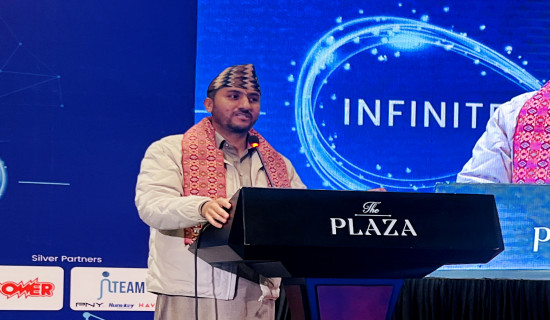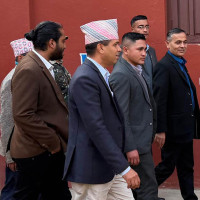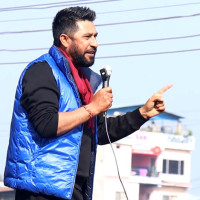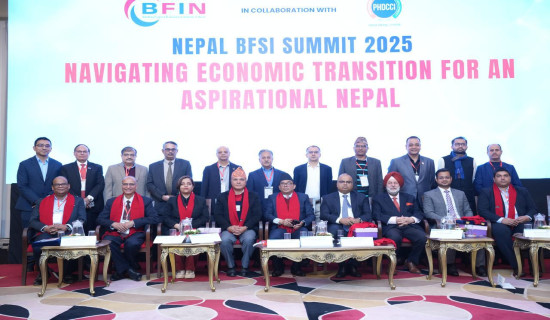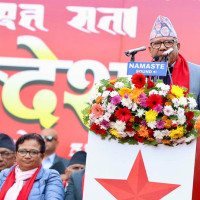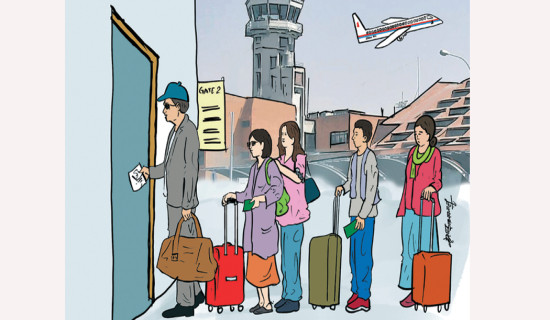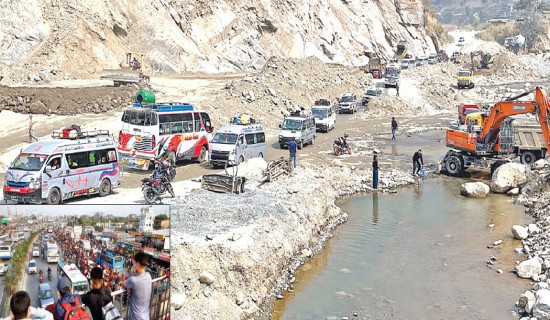- Sunday, 21 December 2025
Police struggle with resources ahead of March 5 election
Kathmandu, Oct. 17: The interim government led by Prime Minister Sushila Karki has already announced that the national elections will be held on March 5, 2026. Following this declaration, several political parties have begun their preparations for the polls, while new groups are rushing to register as political parties to participate in the upcoming elections.
However, among all state institutions, the Nepal Police remains the most affected since the Gen Z protests of September 8 and 9, during which a significant portion of its vehicles and logistics were destroyed.
As the primary force responsible for maintaining security and creating a peaceful electoral environment, the police now face a critical shortage of both vehicles and weapons for an upcoming election and everyday security of the public.
Just three days ago, the Election Commission (EC) formally urged the government to immediately provide or procure vehicles for the police, citing security preparedness as a precondition for holding credible elections.
“Security and arranging fearless environment for the polls is the foremost requirement to conduct elections,” claimed Nepal Police Headquarters’ Spokesperson and Deputy Inspector General Binod Ghimire.
“We have requested the government to ensure mobility for the police by providing the necessary vehicles, either from other agencies or through fresh procurement if needed,” said DIG Ghimire.
The problem escalated after the arson attacks on September 9, when several police posts were set ablaze, destroying a large number of vehicles.
According to DIG Ghimire, the force has already communicated with the Ministry of Home Affairs regarding the extent of the damage and the urgent need for replacements.
While Ghimire declined to disclose the exact number of vehicles requested, sources said the police have sought at least 500 vehicles for immediate deployment. Within the Kathmandu Valley alone, 74 small vehicles belonging to police offices were completely destroyed, along with 21 traffic police vehicles and 16 heavy vehicles that are now beyond repair.
“More than 500 vehicles, including motorcycles, were burned during the unrest,” Ghimire confirmed. “Among them, 182 were four-wheelers.”
The police have appealed for the swift provision of transport resources to restore law enforcement operations and maintain governance across the country.
Despite this, the Home Ministry has not yet taken any decision on vehicle procurement. The Ministry has reportedly cited a Cabinet decision instructing all agencies to refrain from new purchases, and the Finance Ministry’s circular to cut the expenses has reinforced this by directing departments to continue using existing vehicles.
The Police Headquarters had already drawn the attention of senior state officials, from President Ramchandra Paudel to Prime Minister Karki warning that the absence of vehicles could seriously undermine law enforcement and the rule of law.
President Paudel has also advised the government to ensure adequate security arrangements and to provide essential resources to the police at the earliest possible.
Likewise, according to former DIG Hemanta Malla of Nepal Police, to create an environment suitable for elections, the Nepal Police must first be fit and ready, which they do not seem at present, because their weapons have been taken away and they lack transport facilities. “Before that, it is necessary to raise their low morale currently. I feel that not all police share the same mindset and level of morale right now. Since the primary condition for an election is security arrangements, the government should first move to procure their essential supplies or secure assistance to provide those arrangements,” said Malla.



